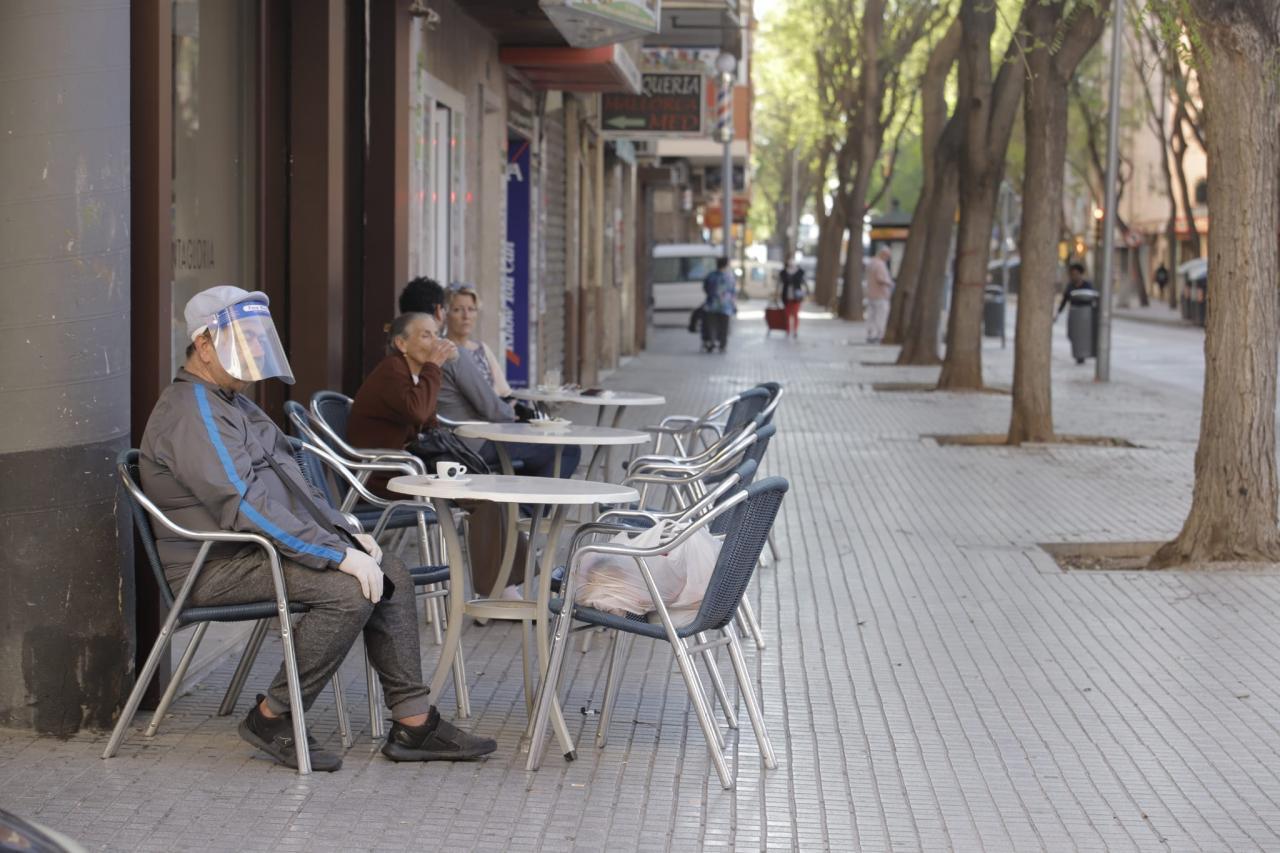Bombshell, it was said. Health minister Salvador Illa was living up to prime ministerial expectations of calling the de-escalation shots, although no one had anticipated he would go so far as to start dropping bombs. Fellow ministers were in the dark as the quarantine order was slapped on Tuesday's Official Bulletin, while as soon as the news reached the consciousness of everyone else, it seemed as if tourism was being bombed twice over. First the virus, and now a quarantine.
As this quarantine for foreign travellers was intended to be in place for as long as the state of alarm exists, it wasn't as much of a deal as was being made out for tourism, given that there won't be any tourists. When the new normal arrives some time in late June (and the state of alarm may well be lifted in some regions of Spain before others), there will be no quarantine for tourists who will be able to travel along safe corridors that the Balearic government was keen to establish and which the European Commission was holding up as part of the salvation of this summer's tourism and the re-establishment of what the EU holds so dear - open borders and freedom of movement.
Free to go to a bar
All the talk of reactivation of tourism did admittedly sound somewhat incongruous, as minister Illa was co-opting assistance from the interior ministry to ensure that anyone arriving at an airport from a foreign country was kept tabs on. Fourteen days of only being able to nip out to get some paracetamol or a loaf of bread. How quickly some of us have forgotten those days. And they were forgotten as bar terraces opened at 50% capacity and more and more small population centres discovered that they were exempt from the time slots for taking exercise. There was relief at having greater freedoms restored, even if for those of us who were still subject to the time slots, it did seem somewhat odd that you could, or so it seemed in theory, walk kilometres to get to a bar at any time of the day.
Test flights
As well as the safe corridors, the Balearic government was getting excited at the prospect of "test flights". These weren't quite the novelty they sounded, as the hoteliers had already come up with the idea. But they were now being given governmental consideration, and so some time in the second half of June these missions may well be flown. Where will they be coming from and who will be on them? Germany, you would have to think, with the passengers first in the safely distanced queue being the 180 owners of second homes who had got short shrift from President Armengol when they were demanding to be let in a few weeks back.
But as well as test flights, is there not a need for Covid-secure test hotels as well? Indeed there is, and so the test flight pioneers of post-Covid tourism will be going to the test resort of Playa de Palma.
Economic reactivation
It wasn't only tourism that was being lined up for reactivation; the whole economy was. President Armengol announced that 3,500 million euros were to be spent. The news was enthusiastically received except by the environmentalist lobby which reckoned that construction aspects of this package would mean more "massification"; not, it might have been noted, that there is much of this at present.
Where was this 3,500 million to come from? Only the day before, the finance minister, Rosario Sánchez, had been explaining that there will be an 800 million euro hole in this year's accounts - 500 million less revenue from Balearic government taxes (e.g. for property sales) plus 300 million extra spending, especially for the health service. So all of a sudden, the hole in the accounts had become a massive crater.
Part of the 3,500 million, one imagines, will come from the 16,000 million that the Spanish government will be handing over to the regions. But how much of this will the Balearics be receiving? The government was again letting it be known that the amount wasn't sufficient, but it has yet to be stated what the Balearics cut will actually be.
Doubling of passengers
It was like old times, when we were fed regular information about passenger numbers at the airport. These figures are normally by the month. They are currently by the day. And at Son Sant Joan there had been a huge increase. Wednesday's arrivals were up 51.7% compared with the previous Wednesday - 387 in all.


No comments
To be able to write a comment, you have to be registered and logged in
Currently there are no comments.